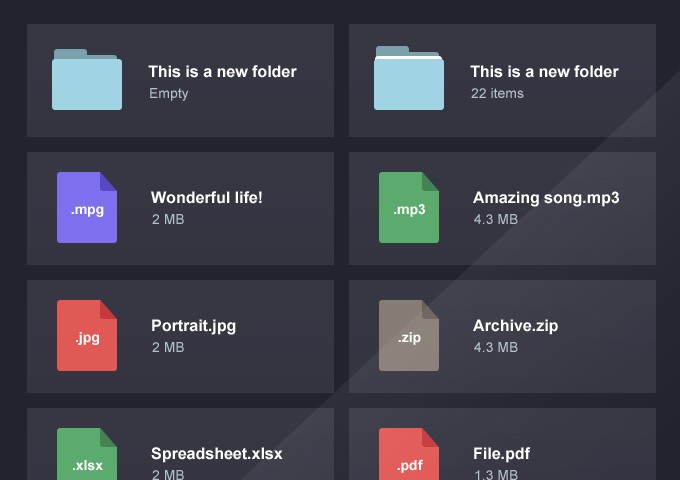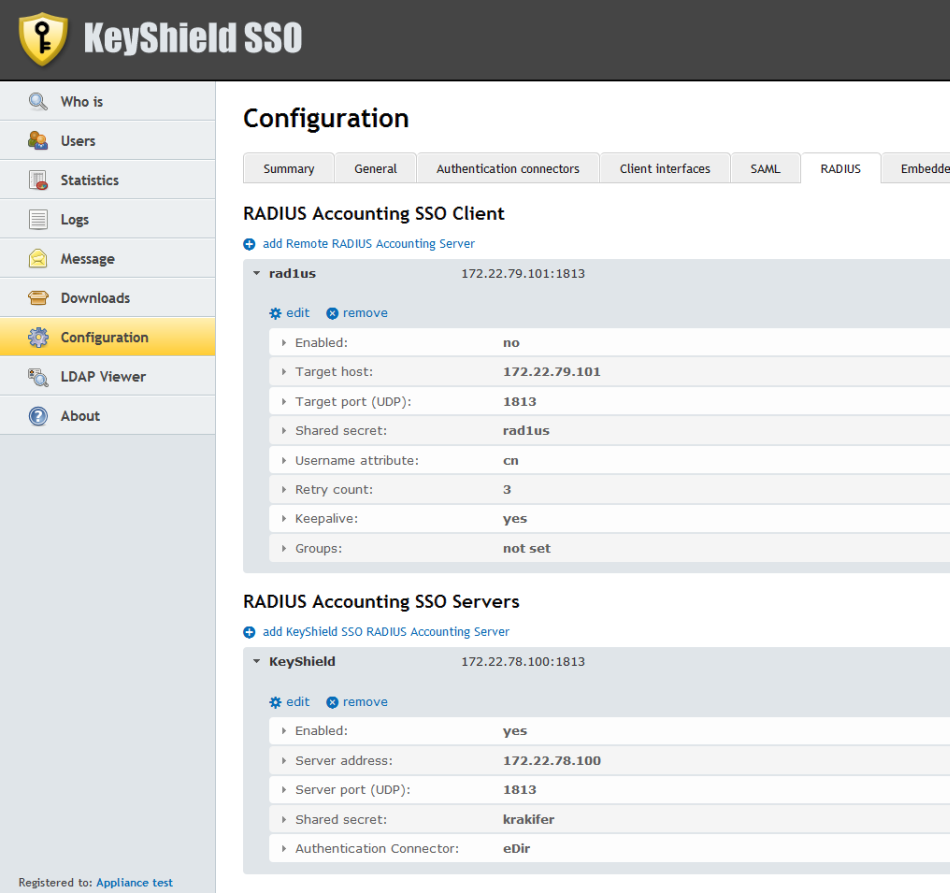

But if you have different requirements you can explore other option in our knowledge-base installation section. The purpose of this guide is to have all the installation instruction in one place.
#Litespeed web server directory browsing how to
Just follow it step by step and we’ll show you how to install OpenLiteSpeed including php and everything. By following this guide you won’t have to go to any other install links or anywhere else. In this guide we’ll show you how to install OpenLiteSpeed completely and easily step by step. Step by Step Complete OpenLiteSpeed Install Step 4: Change PHP version your OLS server is using (optional).Step by Step Complete OpenLiteSpeed Install.A Web page that provides custom content for the user based on the results of a search or some other request. Archived from the original on 17 January 2017. In some cases, sites may evolve slightly over time but are still largely static, meaning that they only change when manually changed by their creators, not on a regular and automated basis. The first pages on the World Wide Web were largely static and unchanged, delivering the same information about a particular topic to anyone who visited. Static by definition means something that does not change. Archived from the original on 20 March 2019. "The Difference Between Dynamic & Static Web Pages". ^ "Behind the scenes of modern web browsers".JavaScript is part of the triad of technologies that all Web developers must learn: HTML to specify the content of web pages, CSS to specify the presentation of web pages and JavaScript to specify the behaviour of web pages. JavaScript - The definitive guide (6 ed.).
#Litespeed web server directory browsing free
^ "Web page - definition of web page by The Free Dictionary".

Static pages are retrieved from the web server's file system without any modification, while dynamic pages must be created by the server on the fly, typically reading from a database to fill out a template, before being sent to the user's browser. The browser has user interface features that indicate which page is displayed.įrom the perspective of server-side website deployment, there are two types of web pages: static and dynamic. If the user clicks, taps, or otherwise activates a hyperlink, the browser repeats this process to load the page pointed to by the hyperlink, which could be part of the current website or a different one. When the user inputs the URL for a web page into their browser, the browser downloads an HTML file from a web server and transforms all of its elements into an interactive visual representation on the user's device. Web pages with dynamic behavior can function as application software, referred to as web applications.Įach web page is identified by a distinct Uniform Resource Locator (URL). It can also include JavaScript or WebAssembly programs, which are executed by the web browser to add dynamic behavior to the web page. Multimedia content on the web, such as images, videos, and other web pages, can be directly embedded in a web page to form a compound document.Īn HTML document can include Cascading Style Sheets (CSS) documents to describe the presentation of content on a web page. Hyperlinks point the user to other web resources, primarily other web pages, and to different sections of the same web page. A web page is a structured document that primarily consists of hypertext, text with hyperlinks. The core element of a web page is a text file written in the Hypertext Markup Language (HTML) that describes the content of the web page and includes references to other web resources.


 0 kommentar(er)
0 kommentar(er)
